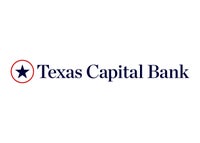Openbank
Bankrate Savings rating = 4.5/5
Bankrate scores are objectively determined by our editorial team. Annual percentage yields (APYs), minimum opening deposit requirements and minimum balances to avoid monthly service fees are some of the things that make up Bankrate’s score.
-
Annual percentage yield
4.75% -
Min. balance for APY
$500 -
Min. deposit to open
$500
Why Openbank?
Openbank is a new digital subsidiary of Santander Bank. Openbank offers just one FDIC-insured savings account and it has a top-notch annual percentage yield (APY). There are no monthly fees, which is typical of online banks, but there is a minimum deposit requirement of $500. There’s also one big catch: you can’t open this account if you’re already a Santander Bank customer.










